Conservation and marine science education are two primary themes on BCS. And, since I’ve been dedicating a lot of time to marine science education the past few months I indulged myself with this list 100 of ways to live (and die) green. It’s a list of fun suggestions – beyond recycling day-to-day – and is appropriate since this weekend is Earth Day and this week is National Environmental Education Week! Please don’t hesitate to email info@beachchairscientist.com with any questions or comments. Feel free to comment and add to the list. I love new ideas.
- Install a dual-flush conversion kit.
- Use water bottle (they even come with filters!).
- Make sure your faucets do not leak.
- Plug the sink to collect water for rinsing dishes.
- If you do have a leak, why not make it count and use the water wisely for something else.
- Pre-rinse your dishes for the dishwasher with a squeegee instead of rinsing in the sink.
- Why not install a low-flow showerhead?
- Filter your water from the tap.
- Turn off the water when you brush. (It will save about 8 gallons of water a day!)
- Take shorter showers.
- Only do full loads of laundry.
- Do not dump hazardous materials (e.g., oil, grease, antifreeze, pesticides, fertilizers, paints).
- When it’s dirty, take the car to a professional car washer. (Doing it yourself in the driveway wastes about 150 gallons of water.)
- Use pet-safe deicers when it snows.
- When your feisty pet chews the squeaker from his toy, why not put it back in and sow it up for another round of tug-o-war?
- Consider natural pet products for your furry little buddy.
- Give the wire hangers back to the dry cleaner.
- If you dry clean do it less often so they can bulk up more and skip on more plastic wrap.
- Xeriscape (i.e., plant natives to reduce the need to water).
- Use a rain barrel in the garden.
- Consider using alternatives to pressure-treated wood in your garden.
- Use some elbow grease to pull weeds or use a natural herbicide to get rid of weeds.
- Use a library. (Here I could also suggest switch to an ebook reader, but since my mom is a librarian and I know she loves her job I’ll promote a little community citizen interaction.)
- Buy local produce for your dinner.
- Switch to fairtrade coffee or tea for the morning beverage.
- Use a reusable bag when shopping. (You might remember the ‘Majestic Plastic Bag‘ series from last year.)
- Skip the meat in the dinner for a night each week.
- Jazz up the garden with some illuminating beautiful solar lighting.
- Make sure your exfoliating facial scrub doesn’t have harmful plastic beads that do not dissolve when they go down the drain.
- Know what ingredients are in your beauty products.
- Ask your workplace to consider carbon offsetting.
- Go ahead and send the electronic birthday card. After all, it’s the thought that counts, right?
- Pack your shorty’s lunch in a reusable bag.
- Pack their lunch items in reusable containers, too.
- When you use plastic cutlery, try a biodegradable option.
- Choose an organic version of the fabric of our lives.
- Try a DEET free bug repellant.
- Compost!
- Make your own cleaning products or use some natural ones that won’t harm the local watershed.
- Skip the paper towel and try cellulose cloths.
- Make certain to maximize the way you wash dishes.
- Wash your clothes is cold water.
- Get a home energy audit.
- Use a non toxic paint.
- Install Energy Star appliances.
- Hang dry clothes.
- Wear a sweater.
- Generate your own energy and install a DIY solar panel kit.
- Generate your own energy and install a DIY wind power kit.
- Install ceiling fans.
- When you’re going to leave a room for more than 15 minutes – switch the lights off.
- Install efficient lighting throughout your home.
- Donate your electronics properly.
- Pay your bills online (and, ask your boss to direct deposit that obscene paycheck you don’t really need).
- Ask your neighborhood association to install solar lamp post lights.
- Go natural with your products when you’re about to have a little one.
- … And, after you have a little one.
- Decorate with plants to increase the air quality in your home.
- Be a little unconventional with your online shopping.
- Be creative in your gift wrapping and use some newspaper or magazines!
- Keep your car in tip-top shape to save on gas mileage (and/or go hybrid).
- Try to use public transportation or carpool when possible. (Or slug, DCers!)
- Consider rechargeable batteries.
- Be conservative in what you decide to print off the computer and when you do need to print do it double-sided.
- Find the people to call to cancel your phone book delivery.
- Skip the ATM receipt.
- Turn off the computer monitor at night.
- If you’re looking to buy a new computer, purchase a laptop instead of a desktop.
- Use recycled paper for your creative needs.
- Check out your neighborhood to see if there are proper bike or walk lanes and bike or walk when possible. (Check it out – May is National Bike Month!)
- Stop junk mail! (Did you know that the average adult receives 41 pounds of junk mail each year?)
- Choose a green hotel when traveling (or, my favorite – VHBO).
- Buy bulk. (It’s nuts – packaging makes up more than 30% of our waste!)
- Rock a green hosting company for your next website.
- Rent, borrow, or Freecycle!
- Save the take out container and use it as tupperware or to hand out cupcakes at your shorty’s birthday party.
- Bring your own mug to the local coffee shop so you don’t have to use one of theirs.
- Telecommute.
- Skip the CD or DVD purchase and download online.
- Stray away from imposing balloon releases unless you know they’re latex.
- Stray from using 6-pack rings (or cut them).
- From time to time use one less napkin.
- When fishing always be an ethical angler.
- Eat sustainable seafood.
- Skip the produce in additional plastic wrap.
- Participate in local clean-ups.
- Rock a new TV as they’re a little more efficient.
- Keep the freezer at least 3/4 full.
- Once a month bake a loaf of your own bread.
- Once a month why not roast your own chicken and stock up some homemade chicken broth afterward.
- In winter, keep the shades drawn when you’re away.
- When purchasing furniture find products that are earth-friendly and organic (e.g., cotton, wool, hemp, natural rubber latex).
- Plant a tree.
- Rock some vintage jewelry.
- Clothe diaper.
- Make your own play-dough with the kids.
- Blow your nose green. (Ewwwww … what did she say?)
- Recycle toner.
- Stay informed and educated.
- Be buried green.





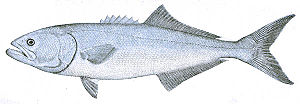















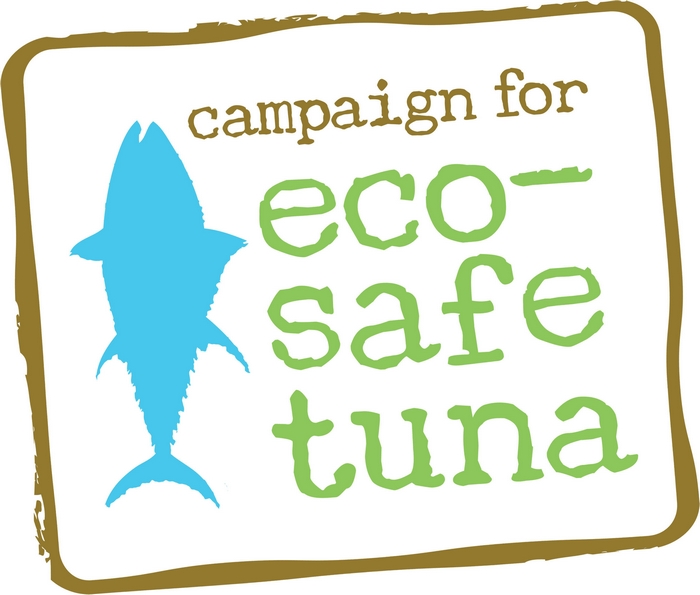


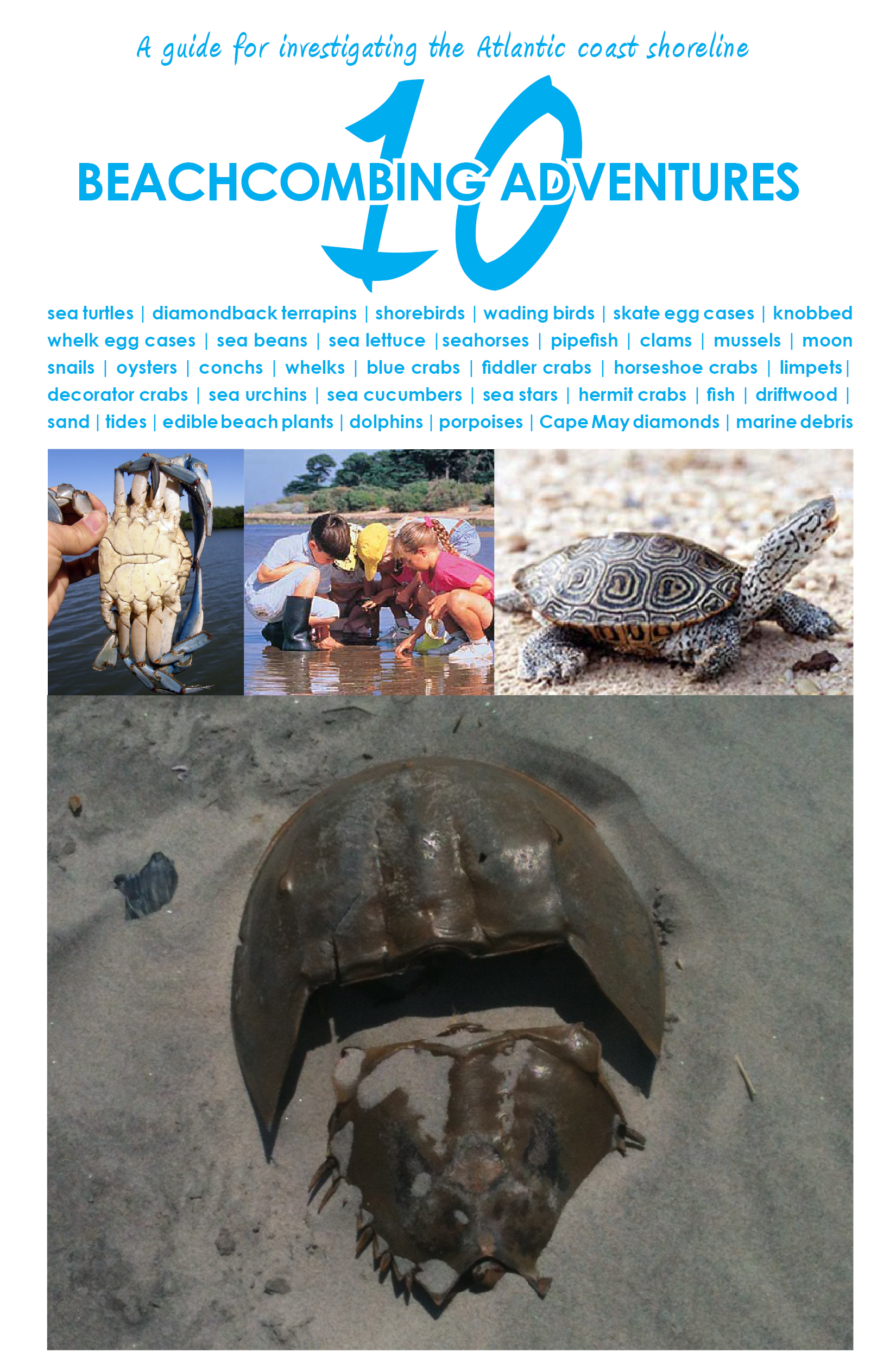
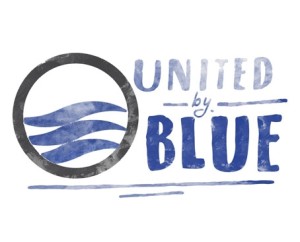
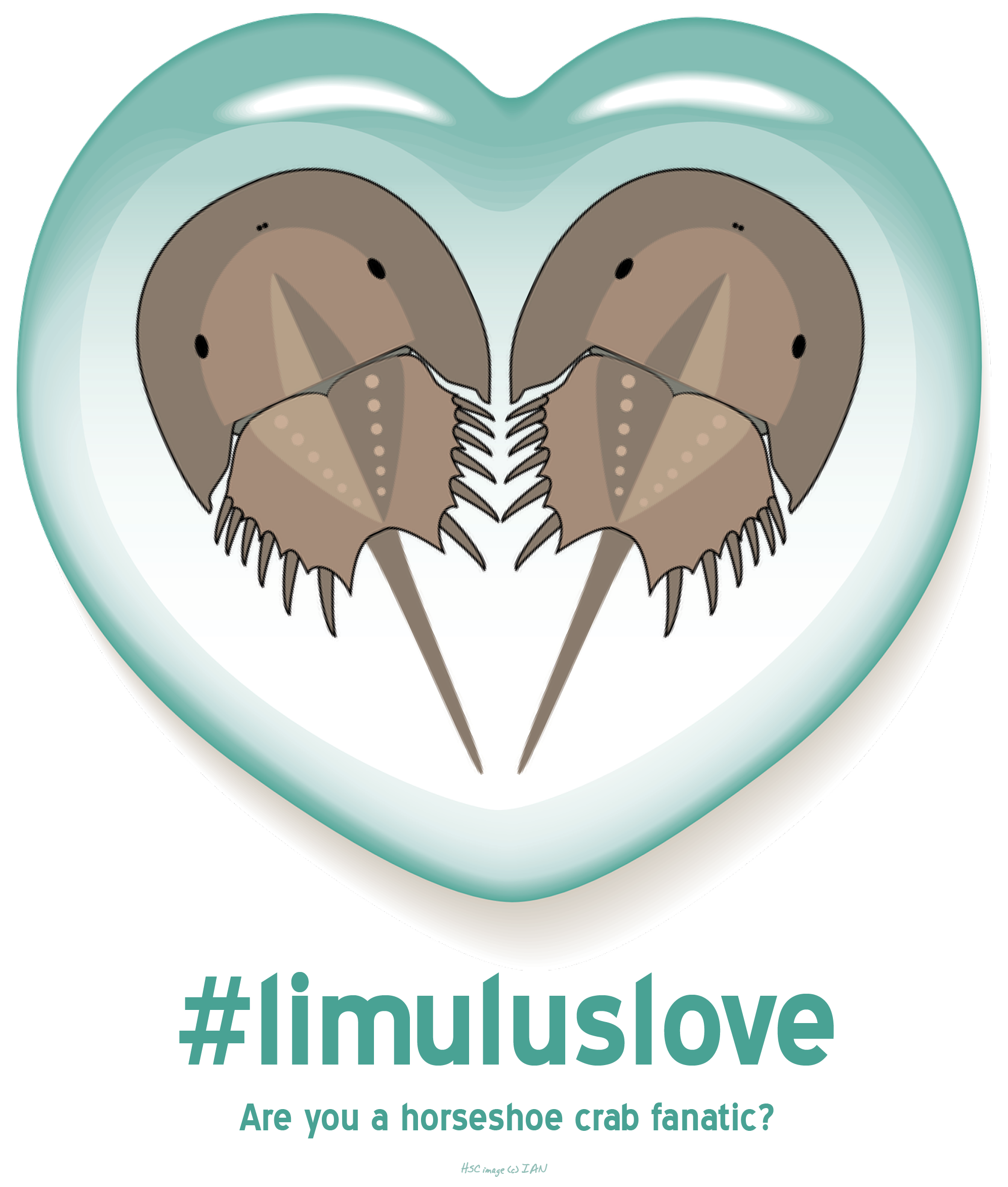
What people are saying …